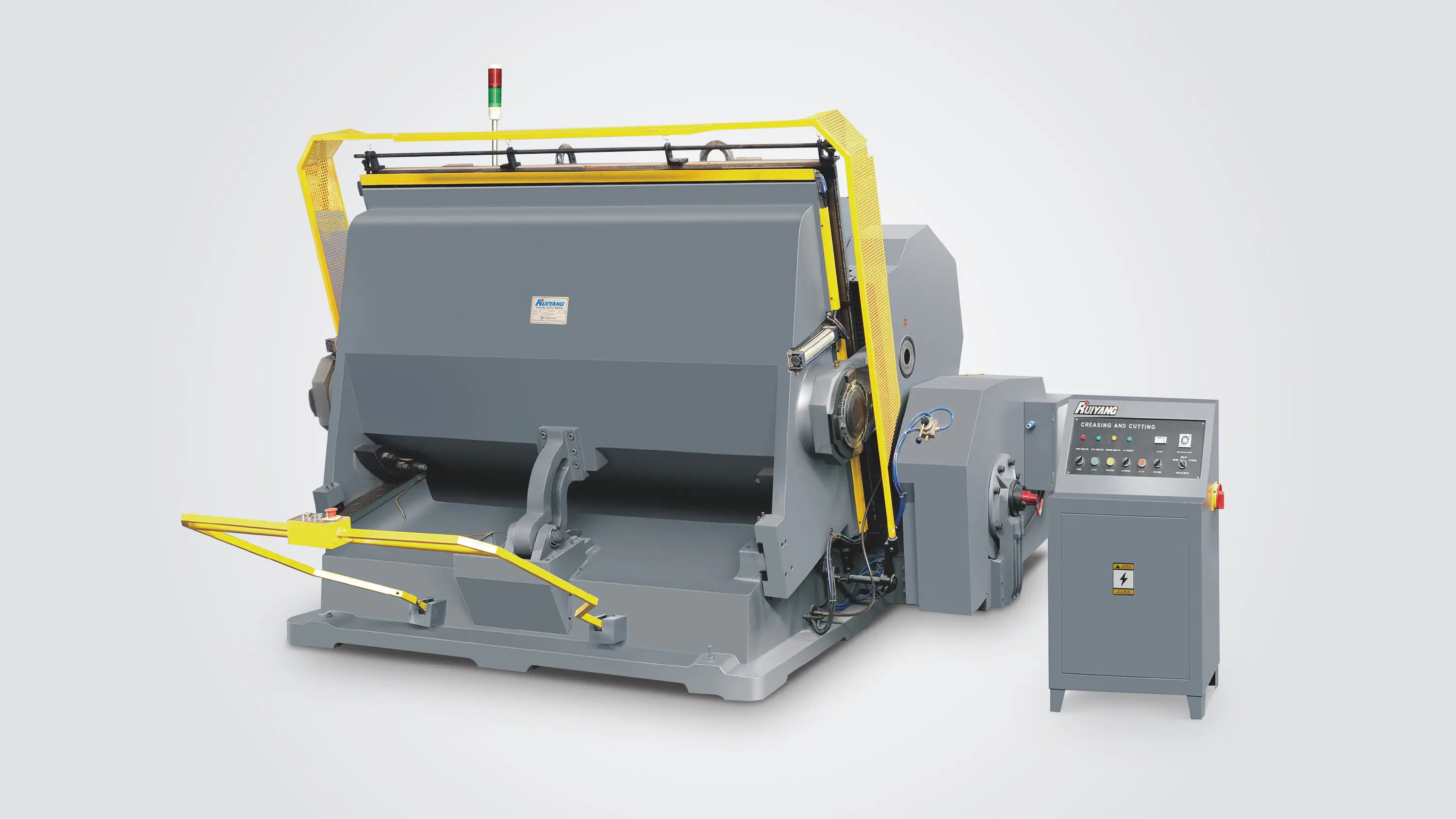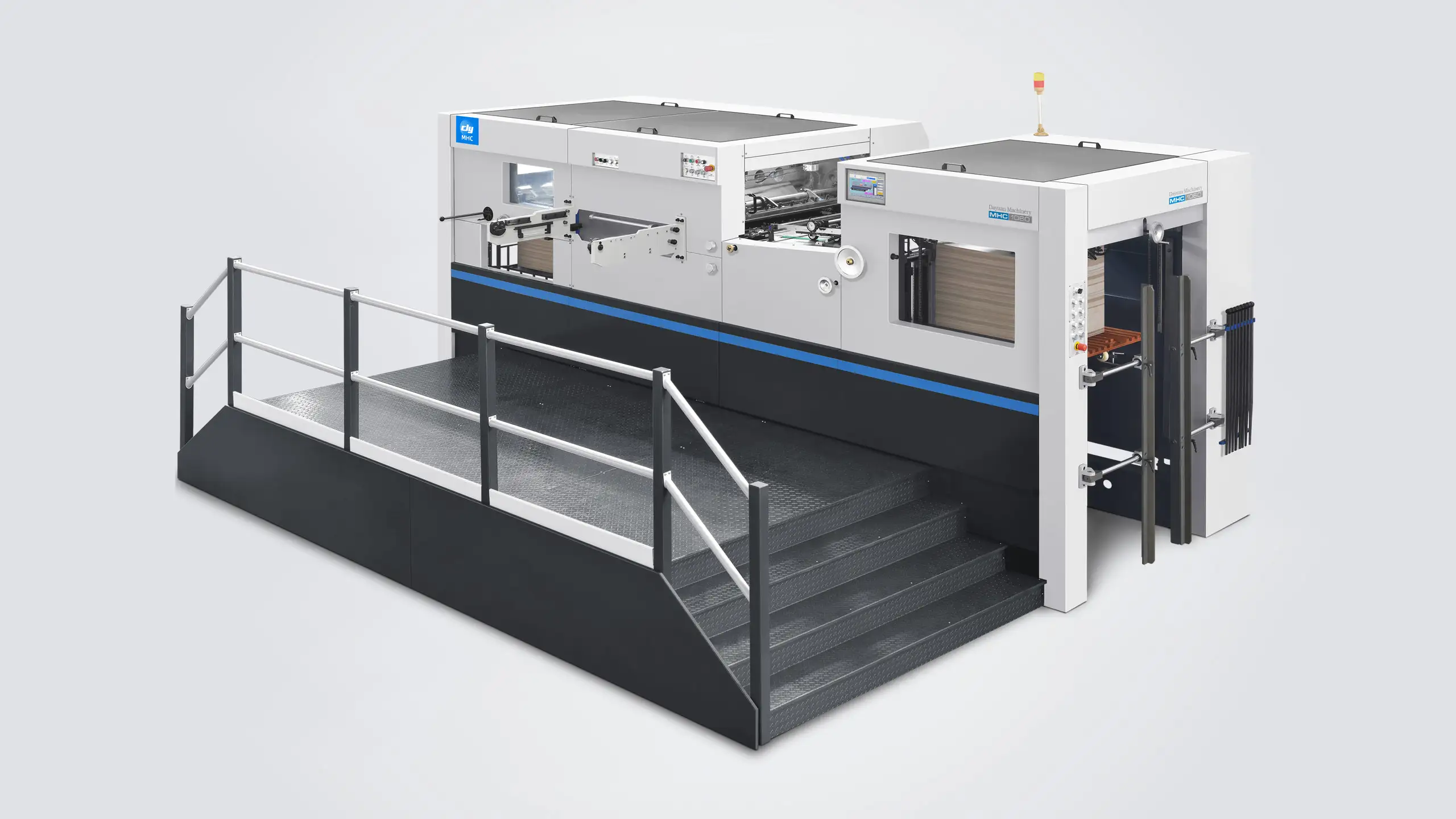Understanding Modern Die Cutting Technologies in Manufacturing
In today's fast-paced manufacturing environment, die cutting production speed plays a crucial role in determining operational efficiency and output capacity. The choice between flatbed and rotary die cutting systems can significantly impact production throughput, cost-effectiveness, and overall manufacturing capabilities. This comprehensive analysis explores the key differences, advantages, and considerations for both technologies to help manufacturers make informed decisions.
Fundamentals of Die Cutting Systems
Flatbed Die Cutting Mechanics
Flatbed die cutting operates on a straightforward principle where the cutting die moves vertically to press against a flat surface. The material remains stationary during the cutting process, allowing for precise and controlled operations. This method's die cutting production speed typically ranges from 1,000 to 7,000 sheets per hour, depending on the complexity of the design and material properties.
The system employs hydraulic or mechanical pressure to drive the cutting die downward, creating clean, accurate cuts across various materials. While the process may seem simple, modern flatbed systems incorporate sophisticated pressure control and positioning mechanisms to ensure consistent quality across production runs.
Rotary Die Cutting Principles
Rotary die cutting systems utilize cylindrical dies mounted on rotating cylinders. The continuous rotational motion enables higher die cutting production speed, often reaching 10,000 to 30,000 sheets per hour. Materials feed through the system continuously, making it ideal for high-volume manufacturing operations.
The rotary mechanism maintains constant contact between the die and material, resulting in smoother, more efficient cutting action. This continuous process reduces the mechanical stress on both the equipment and materials, contributing to extended tool life and improved production reliability.

Speed and Efficiency Comparisons
Production Throughput Analysis
When examining die cutting production speed, rotary systems generally outperform flatbed alternatives in high-volume scenarios. The continuous operation eliminates the start-stop motion inherent in flatbed systems, reducing cycle times and increasing overall throughput. For example, a modern rotary die cutter processing standard packaging materials can maintain consistent speeds of 15,000 sheets per hour, while a comparable flatbed system might achieve only 5,000 sheets per hour.
However, raw speed numbers don't tell the complete story. Setup times, material handling requirements, and changeover procedures all impact actual production efficiency. Rotary systems often require longer setup times and more complex adjustments, which can offset their speed advantage in shorter production runs.
Material Processing Capabilities
The die cutting production speed varies significantly based on material characteristics. Flatbed systems excel at handling thicker materials and complex designs, though at lower speeds. They can maintain precise cutting pressure and dwell time, crucial for challenging materials like rigid plastics or multi-layer composites.
Rotary systems perform optimally with flexible materials and simpler cutting patterns, where their high-speed capabilities can be fully utilized. The continuous motion proves particularly effective for processing roll-fed materials like paper, films, and thin plastics.
Operational Considerations
Cost-Efficiency Factors
While die cutting production speed significantly influences output capacity, manufacturers must consider the total operational costs. Rotary systems typically require higher initial investment and more expensive tooling. The enhanced productivity can justify these costs in high-volume operations where consistent throughput is essential.
Flatbed systems offer more economical tooling options and lower maintenance requirements. Their versatility and simpler operation often make them more cost-effective for smaller operations or diverse production requirements, despite lower production speeds.
Quality Control and Precision
The relationship between die cutting production speed and output quality requires careful consideration. Flatbed systems provide excellent control over cutting parameters, allowing for precise adjustments to accommodate different materials and designs. This precision becomes particularly valuable when working with tight tolerances or intricate patterns.
Rotary systems maintain consistent quality at higher speeds through precisely engineered dies and controlled material feeding. However, they may require more frequent monitoring and adjustment to maintain optimal performance, especially during extended production runs.
Future Trends and Innovations
Technological Advancements
Emerging technologies are continuously improving die cutting production speed across both platforms. Advanced servo drives and control systems enhance flatbed performance, while new rotary die designs push the boundaries of speed and precision. Integration of artificial intelligence and machine learning enables predictive maintenance and automatic optimization of cutting parameters.
Digital integration and Industry 4.0 capabilities are becoming standard features, allowing real-time monitoring and adjustment of production parameters. These innovations help manufacturers maximize efficiency while maintaining consistent quality standards.
Sustainability Considerations
Modern die cutting systems increasingly focus on environmental impact alongside die cutting production speed. Enhanced energy efficiency, reduced material waste, and recyclable tooling options represent key developments in both flatbed and rotary technologies. Manufacturers now consider sustainability metrics alongside traditional performance indicators when evaluating die cutting solutions.
The integration of smart technologies enables more efficient resource utilization, optimizing material usage and reducing energy consumption while maintaining high production speeds.
Frequently Asked Questions
How does material thickness affect die cutting production speed?
Material thickness directly impacts production speed, with thicker materials generally requiring slower processing rates. Flatbed systems handle thick materials more effectively but at reduced speeds, while rotary systems maintain higher speeds with thinner materials.
What determines the optimal choice between flatbed and rotary die cutting?
The decision depends on various factors including production volume, material types, design complexity, and budget constraints. High-volume operations with consistent materials typically benefit from rotary systems, while varied production requirements may favor flatbed solutions.
How do maintenance requirements compare between the two systems?
Rotary systems generally require more frequent maintenance due to their continuous operation and complex mechanisms. Flatbed systems typically have simpler maintenance needs but may require more frequent tool changes depending on production requirements.

